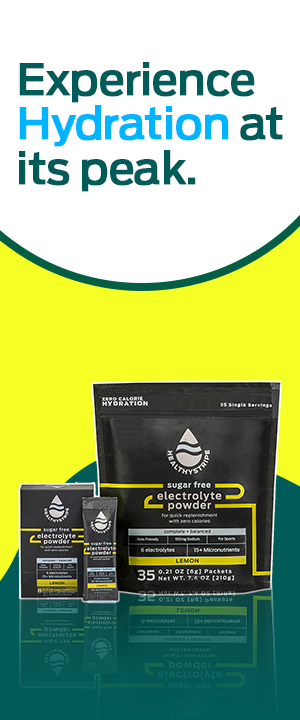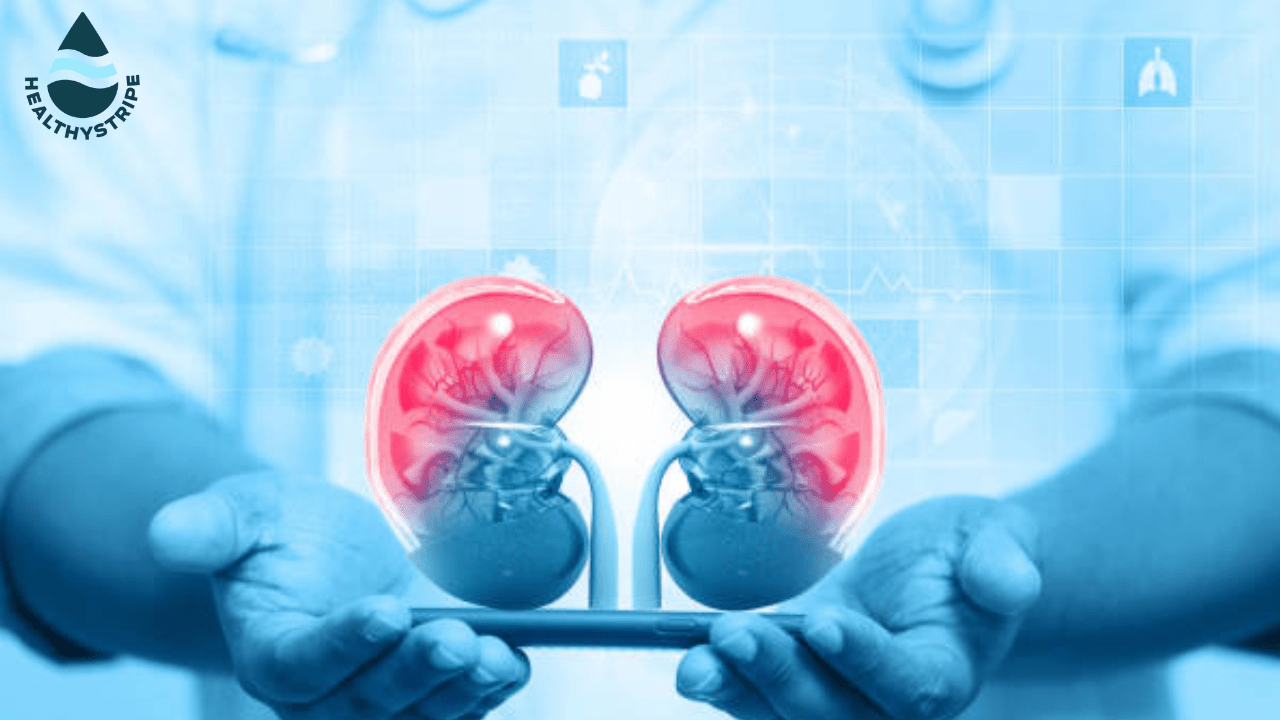Hypovolemia Shock: Comprehensive Guide on Causes, Symptoms and stages

A specific blood volume in the body is essential for the heart to circulate blood effectively. This volume, known as blood volume, represents the total amount of blood in the body. When there is a significant decrease in blood volume, a person can experience hypovolemic shock.
Various health conditions can cause hypovolemic shock. It is crucial to recognize that hypovolemic shock is a medical emergency that poses challenges in diagnosis and treatment, often leading to organ failure.
A study found that over 82% of patients who succumbed to hypovolemic shock passed away within the initial 24 hours (1). In this article, we are going to learn more about the condition of hypovolemic shock caused by hypovolemia.
What Is Hypovolemia and Hypovolemic Shock?
Hypovolemia refers to a condition characterized by an insufficient volume of fluid, particularly blood, circulating in the body. This condition encompasses a low volume of fluids, including water, plasma (the liquid component of blood), and lymphatic fluid. Lymphatic fluid is a substance that contains white blood cells and aids in the removal of toxins and waste from the body.
Our bodies comprise approximately 50% to 60% fluid, highlighting its vital role in maintaining overall health (2). When someone experiences hypovolemia, they lose more than 15% of the total fluid volume within their circulatory system.
Prompt and immediate treatment for hypovolemia is essential to prevent potentially life-threatening complications. The inadequate fluid volume in the body can lead to severe consequences such as organ damage, shock, or even death. Therefore, it is crucial to address hypovolemia promptly and effectively to restore the appropriate fluid balance and prevent further complications.
What is Hypovolemic Shock?
When hypovolemia becomes severe and reaches a critical point, it can progress to a life-threatening condition known as hypovolemic shock. Hypovolemic shock occurs when there is a notable decrease in blood or fluids within the body.
Hypovolemic shock occurs when a significant loss of fluid in the body, exceeding 20%, hinders the heart’s ability to effectively pump blood throughout the body (3). This condition can have serious consequences, including the potential failure of vital organs.
According to hypovolemic shock pathophysiology, it can be triggered by various factors, such as severe injuries (such as cuts or burns), internal bleeding, or excessive fluid loss due to vomiting or diarrhea. When these situations substantially reduce the body’s fluid volume, the heart’s pumping mechanism becomes compromised, impeding the delivery of oxygen and nutrients to organs and tissues.
It is essential to seek immediate medical attention for hypovolemic shock to prevent further complications and restore adequate fluid levels. Qualified healthcare professionals should provide Proper diagnosis and treatment based on each case’s circumstances.
Causes And Symptoms of Hypovolemia Shock
One of the leading causes of hypovolemia shock is the sudden loss of blood, specifically called hemorrhagic shock. This can happen due to acute tissue injury, internal bleeding, or certain illnesses.
However, hypovolemic shock can also occur as a result of significant loss of bodily fluids, leading to substantial blood loss. Blood plasma, which contains red and white blood cells and platelets, constitutes the liquid component of blood. Approximately 92% of plasma is composed of water (4). When a person experiences a notable decrease in fluid volume, the plasma portion of blood diminishes as well.
Consequently, various conditions unrelated to acute blood loss can cause a critical reduction in blood volume. Examples include severe burns, vomiting, excessive sweating, and persistent diarrhea, which can cause hypovolemic shock in people.
While doctors can quickly identify hypovolemia shock vital signs when there is visible external blood loss, it frequently arises as a complication of an underlying medical condition. Internal bleeding may not be readily apparent and often requires surgical intervention.
Medical professionals and first responders undergo training to recognize the signs of blood loss. Nevertheless, people must familiarize themselves with these indicators to seek prompt assistance for themselves or others in an emergency.
Stages of Hypovolemic Shock
Hypovolemic shock can be categorized into three stages depending on the extent of blood volume loss. Prompt treatment is crucial across all stages, and early identification allows doctors to administer the appropriate care more swiftly.
Stage 1: Mild
During the initial stage of hypovolemic shock, blood volume loss is less than 20%. Diagnosing this stage can be challenging as blood pressure and respiration rates remain normal.
The primary observable symptom at this stage is pale skin. Additionally, one may experience sudden episodes of anxiety.
Stage 2: Moderate
In the second stage, blood loss ranges from 20% to 40%. Heart and breathing rates may increase noticeably.
Although blood pressure can still fall within the normal range, diastolic pressure (the bottom number) may elevate. Sweating, heightened anxiety, and restlessness are common symptoms experienced by the person.
Stage 3: Severe
At this hypovolemic shock position, blood loss exceeds 40%.
Systolic blood pressure (the top number) drops to 100 millimeters of mercury (mm Hg) or lower. The heart rate escalates to over 120 beats per minute (bpm), and the person experiences a rapid breathing rate of more than 30 breaths per minute. The patient will undergo mental distress characterized by anxiety and agitation. Their skin will exhibit paleness and coldness, accompanied by sweating. Additionally, their pulse will weaken while their heart rate becomes exceptionally rapid.
Symptoms of Hypovolemic Shock
Recognizing hypovolemia shock symptoms is crucial for prompt medical intervention. Here is a detailed description of the symptoms associated with hypovolemia:
- Dizziness When Standing: One of the early signs of hypovolemia is feeling lightheaded or dizzy when getting up from a seated or lying position. This occurs due to inadequate blood supply to the brain, resulting from reduced blood volume.
- Dry Skin And Dry Mouth: Dehydration is a common consequence of hypovolemia, and it can lead to dry skin and a parched sensation in the mouth. Insufficient fluid in the body affects the moisture levels in the skin and mucous membranes.
- Fatigue Or Weakness: Hypovolemia can cause excessive fatigue and weakness as the body’s organs and tissues receive a diminished supply of oxygen and nutrients due to reduced blood volume. This can lead to an overall feeling of low energy and reduced physical performance.
- Muscle Cramps: Inadequate blood flow and electrolyte imbalances associated with hypovolemia can trigger muscle cramps. These cramps may be painful and can affect various muscle groups in the body.
- Decreased Urine Output Or Dark-Colored Urine: Hypovolemia can disrupt normal kidney function, reducing urine production or concentrated urine. The urine may appear darker than usual, indicating a higher concentration of waste products due to insufficient fluid volume.
In severe cases, hypovolemia can progress to a life-threatening hypovolemic shock. The following symptoms may indicate the presence of hypovolemic shock:
- Confusion: The brain can be significantly affected by the lack of blood supply, leading to confusion, disorientation, or difficulty concentrating.
- Difficulty Breathing Or Rapid Breathing: Hypovolemic shock can cause respiratory distress, with symptoms such as shortness of breath, rapid breathing, or struggle to catch one’s breath. This occurs due to the body’s attempt to compensate for the reduced blood volume and oxygen delivery.
- Excessive Sweating: Profuse sweating can signal hypovolemic shock as the body tries to regulate its temperature. This excessive sweating results from the sympathetic nervous system’s response to a critical state.
- Loss Of Consciousness: In severe cases, hypovolemic shock can cause a loss of consciousness, indicating that vital organs are not receiving sufficient blood supply to function correctly.
- Low Blood Pressure: Hypovolemic shock significantly drops blood pressure, resulting in hypotension. Low blood pressure can further compromise organ perfusion and trigger additional symptoms.
- Low Body Temperature: The body’s core temperature may drop in cases of hypovolemic shock. Cold extremities and shivering may also accompany this lowered body temperature.
- Pale Or Bluish Skin Tone (Cyanosis): As blood volume decreases, the skin may appear pale or develop a bluish tint. Cyanosis results from reduced oxygen delivery to tissues and can be observed in the skin and lips.
If you experience any of these symptoms, particularly following an injury or significant fluid loss, it is crucial to seek immediate medical attention. Hypovolemic shock can be life-threatening, and timely intervention is necessary to restore blood volume and stabilize the patient’s condition.
Treatment And Prevention of Hypovolemia Shock
Upon arrival at a hospital, someone suspected of experiencing hypovolemic shock will undergo a comprehensive treatment plan to address various aspects of their condition.
- First, efforts will be made to control fluid and blood loss, as this is crucial for stabilizing the patient’s condition.
- To replenish the lost blood volume and enhance circulation, fluids or blood products will be administered intravenously through an IV line. This can be done through hypovolemic shock nursing interventions.
- The underlying damage caused by and resulting from the hypovolemic shock will be addressed to ensure stability.
- If feasible, the injury or illness that triggered the shock will be treated accordingly. The treatment options available encompass a range of interventions, such as blood plasma transfusion, platelet transfusion, red blood cell transfusion, and intravenous crystalloids.
- Medical professionals may administer medications like dopamine, dobutamine, epinephrine, and norepinephrine to enhance circulation and direct blood flow to essential areas, bolstering the heart’s pumping strength.
- Also, antibiotics may be prescribed to prevent septic shock and bacterial infections.
- Close monitoring of cardiac function will be conducted throughout the treatment process to assess the effectiveness of the administered therapies.
Dehydration And Hypovolemia Shock in Adults
Hypovolemic shock poses a significant risk to older adults, primarily due to their increased vulnerability to dehydration and reduced tolerance for low blood volume (5). The aging process can make older people more susceptible to fluid imbalance, ultimately triggering hypovolemia.
Furthermore, older adults may already have underlying health conditions that can contribute to organ damage, such as kidney failure or a history of heart attacks. These conditions further heighten the risk of complications during hypovolemic shock.
Given the heightened vulnerability of older adults, they must receive immediate medical attention for managing hypovolemic shock as soon as they, or those around them, notice any signs or symptoms of hypovolemic shock. Prompt recognition and treatment can play a vital role in minimizing the potential consequences and improving the prognosis for older people affected by this condition.
Conclusion
People need to be informed about hypovolemia and hypovolemic shock to recognize the signs and symptoms, especially in emergencies or when faced with potential causes of fluid loss. This knowledge encourages them to seek immediate hypovolemic shock treatment, potentially saving lives and ensuring that appropriate treatment is administered promptly.
What are the two types of hypovolemic shock?
How does hypovolemic shock occur?
Hypovolemic shock occurs when there is a significant loss of intravascular volume, leading to inadequate blood flow to organs and tissues. It can happen due to various factors like severe bleeding, trauma, excessive fluid loss from burns or gastrointestinal issues, or fluid shifts from other compartments (e.g., third-spacing). The loss of blood or fluids reduces the circulating volume, compromising tissue perfusion and oxygen delivery, ultimately resulting in shock.
What is the best solution for hypovolemia?
The best solution for hypovolemic shock is prompt and aggressive fluid resuscitation. Intravenous fluids can be administered rapidly to restore blood volume and improve tissue perfusion. It is also essential to tackle the underlying condition that caused the shock to stop the condition.
What is the difference between hypovolemia and hypervolemia?
Hypovolemia is a decreased blood volume, often caused by fluid loss or dehydration. On the other hand, hypervolemia is an excessive volume of blood in the body, typically due to fluid retention or overload. While hypovolemia leads to decreased blood pressure and inadequate tissue perfusion, hypervolemia can increase blood pressure and strain the cardiovascular system.
What IV fluid is best for a shock?
The choice of IV fluid for shock depends on the underlying cause and the patient’s needs. Generally, isotonic crystalloids like normal saline are commonly used as first-line treatment for shock. These fluids help restore blood volume and improve circulation. However, the choice may vary based on factors like the patient’s condition, electrolyte balance, and specific clinical indications or contraindications.









